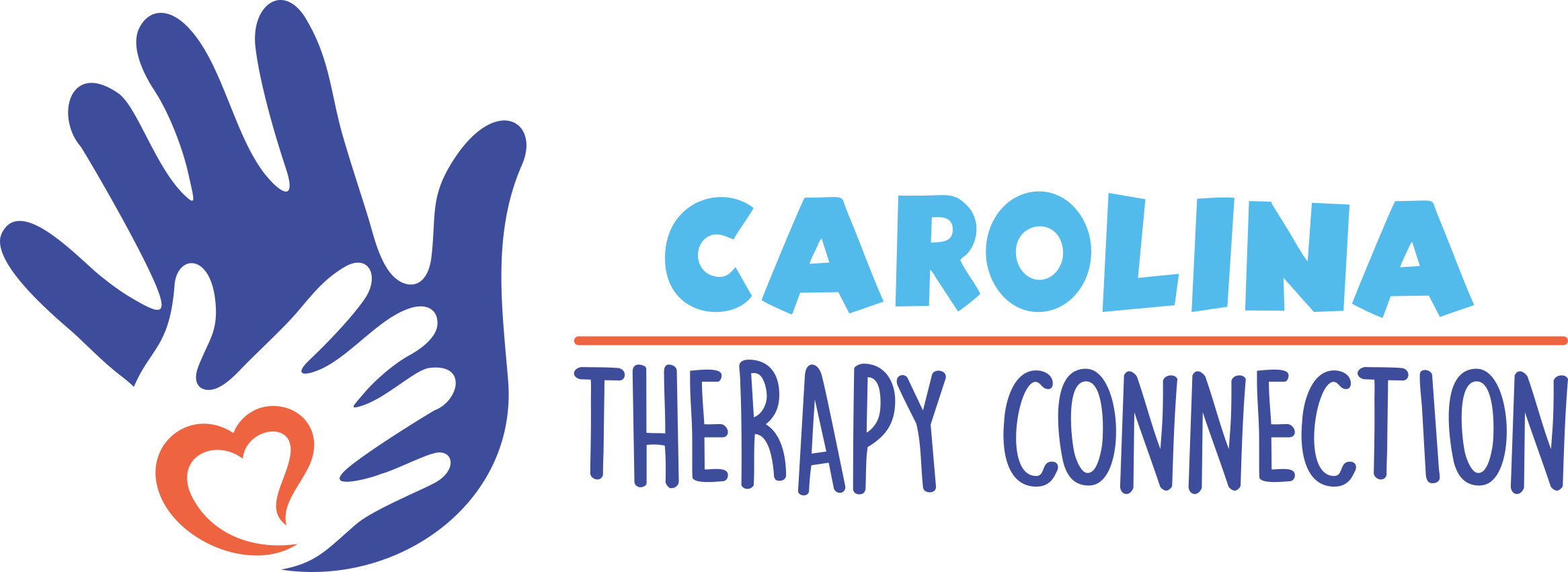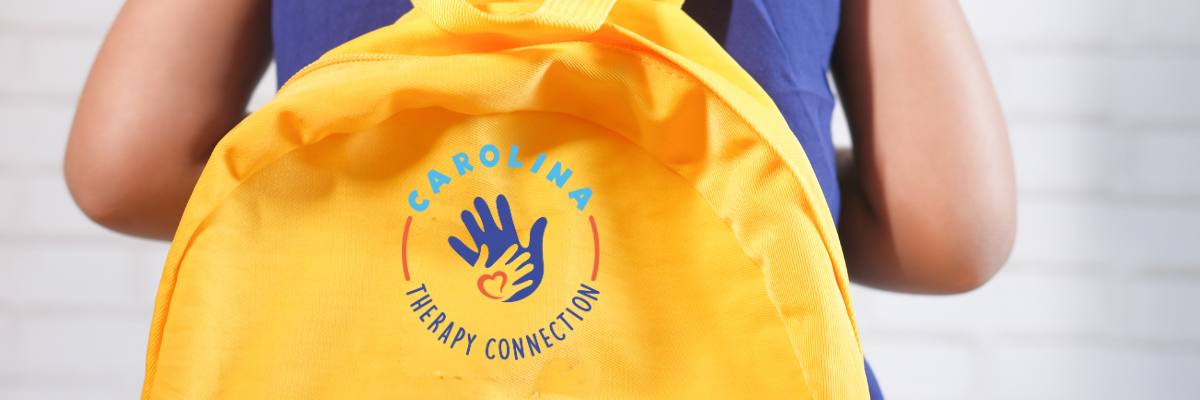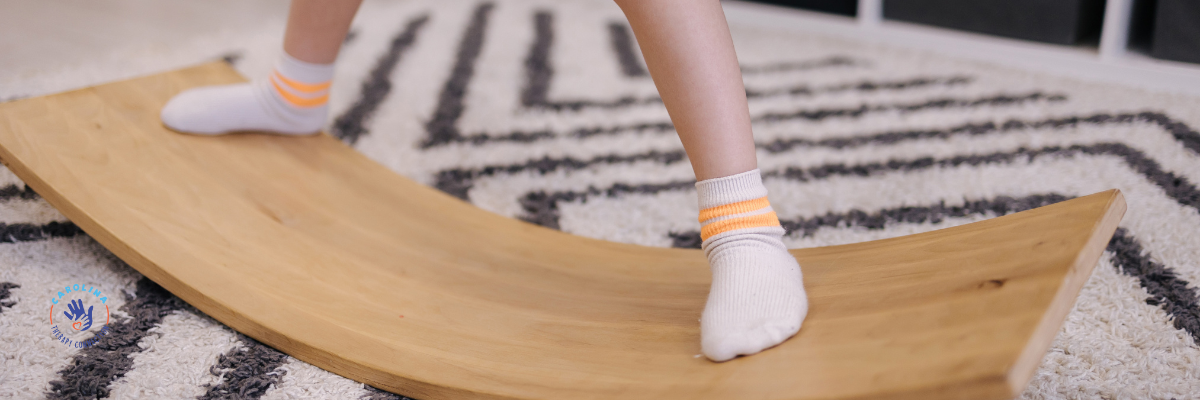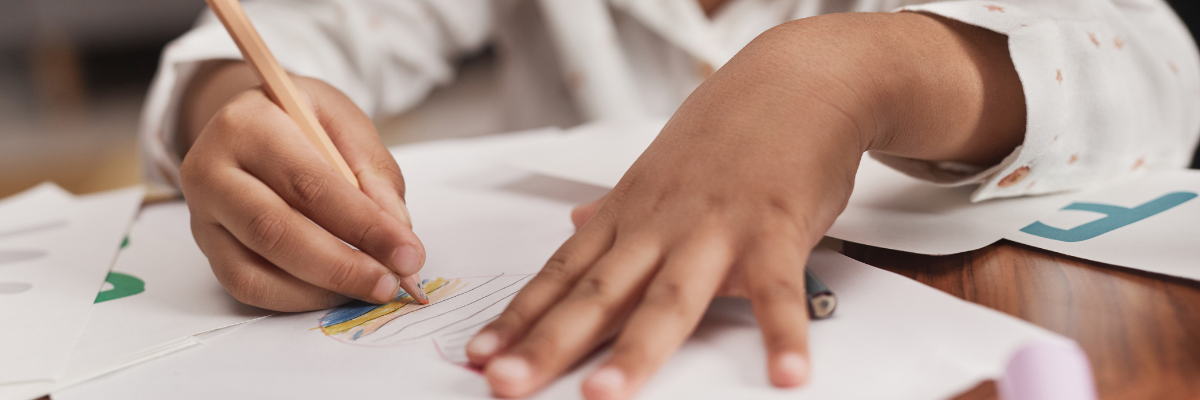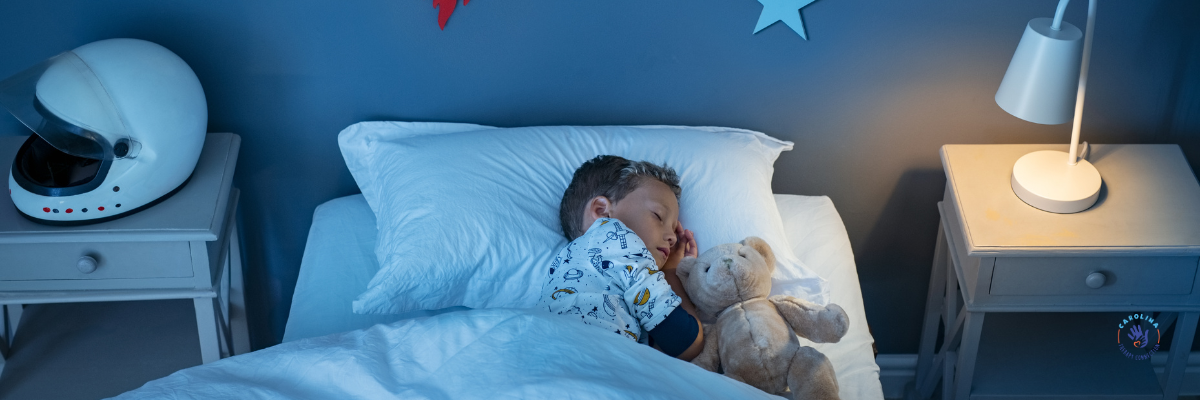Written by: Qiana Jones, COTA/L | Carolina Therapy Connection
Looking for a fun, seasonal way to build your child’s fine motor skills at home?
Grab the frosting and sprinkles — because decorating Christmas cookies is secretly one of the BEST OT-approved activities for little hands! 🙌✨
Not only is it festive and motivating, but it naturally targets so many foundational developmental skills. The best part? Kids don’t even realize they’re working… they’re simply having fun.
Here’s why this sweet holiday activity delivers BIG benefits for growing bodies and brains. (Everything below comes straight from OT principles and developmental milestones!)
1. Builds Hand Strength
Squeezing icing tubes, pressing cookie cutters, rolling dough, and adding toppings all strengthen the small hand muscles needed for:
- handwriting
- buttoning
- opening containers
- gripping utensils
Your child is building functional strength while creating something delicious.
2. Improves Precision & Hand–Eye Coordination
Decorating requires focus and careful control.
Each drizzle of icing, each sprinkle placed, and each shape traced helps support:
- refined finger movements
- controlled wrist motion
- improved accuracy
- visual–motor integration
It’s the perfect blend of art + therapy.
3. Boosts Bilateral Coordination
Kids must use both hands together — one to hold the cookie and the other to decorate.
This strengthens the ability to coordinate both sides of the body, a huge skill for:
- cutting with scissors
- tying shoes
- coloring
- zipping and buttoning
Cookie decorating is bilateral coordination at its best!
4. Supports Emotional Regulation
The smells, textures, predictable steps, and creativity make this activity naturally calming.
It helps children:
- improve focus
- follow multi-step directions
- stay regulated
- enjoy a sensory-rich, positive experience
Holiday baking becomes a beautiful opportunity for connection and emotional growth.
5. Strengthens Visual–Motor & Pre-Writing Skills
Decorating shapes like:
- lines
- circles
- zigzags
- dots
- curves
…mirrors the very strokes children need for handwriting. It’s literally pre-writing without the paper.
6. Builds Independence & Confidence
Kids love seeing their designs come to life — and that feeling of success matters.
Cookie decorating supports:
- task initiation
- sequencing
- independence
- pride in creative work
Nothing lights up a child’s face quite like showing off their decorated cookie.
7. Bonus: Sensory Play That Kids Actually Enjoy
Cookie decorating offers sensory input that is:
- sticky
- crunchy
- warm
- colorful
- tactile
- olfactory-rich
It’s one of the rare activities where sensory exploration feels safe and exciting for even the most hesitant kiddos.
8. Encourages Kids Into the Kitchen (Huge for Picky Eaters!)
Getting kids involved in cookie decorating brings them into the kitchen in a fun, low-pressure way — which is BIG for supporting picky eaters. When children explore food through touching, smelling, mixing, and decorating, they build positive sensory experiences around new textures and smells.
This kind of gentle exposure helps reduce anxiety around food, boosts confidence, and opens the door for trying new things over time. Cooking together is one of the BEST ways to build comfort, curiosity, and connection around eating — all while creating sweet holiday memories.
Here’s what we think…
So, next time you bake with your child, remember — you’re not just making cookies.
You’re building fine motor skills, sensory awareness, visual–motor skills, emotional regulation, independence, and confidence… one sprinkle at a time. 💛✨
Our therapists also created this as a printable handout you can use at home or share with family and friends:
Bonus: Easy Sugar Cookie Recipe
Want to try this at home? Here’s a simple, parent-friendly recipe included in the PDF:
Ingredients:
- 1 cup unsalted butter, softened
- 1 cup sugar
- 1 egg
- 1 teaspoon vanilla
- ½ teaspoon salt
- 2 ½ cups sifted flour
Directions:
Cream together butter and sugar. Beat in the egg.
Add remaining ingredients and mix until well-blended.
Chill dough 3–4 hours. Preheat oven to 350°F.
Roll out dough on a lightly floured counter to ¼” thick.
Cut with cookie cutters.
Bake on parchment-lined sheets for 8–10 minutes or until lightly colored.
Let cool + decorate with icing.
Makes 16–24 cookies.
